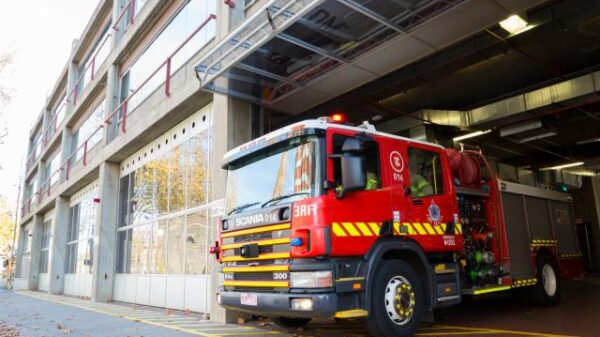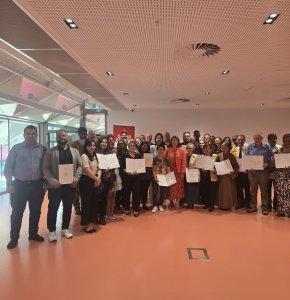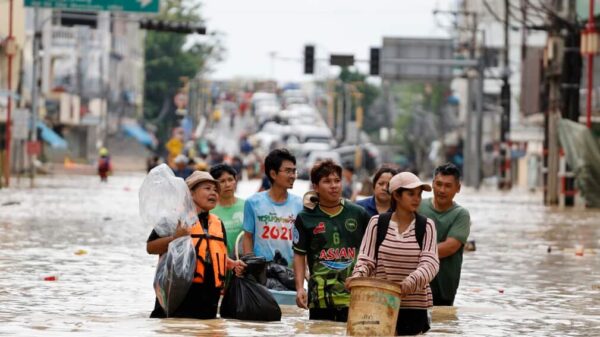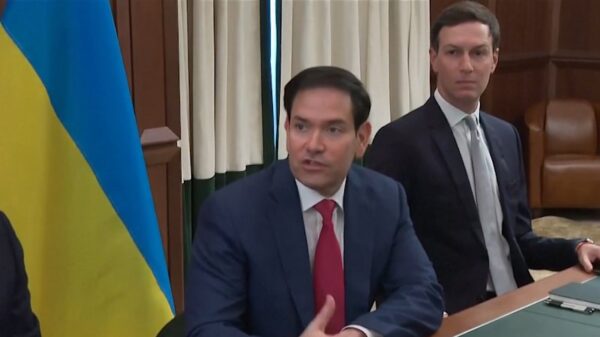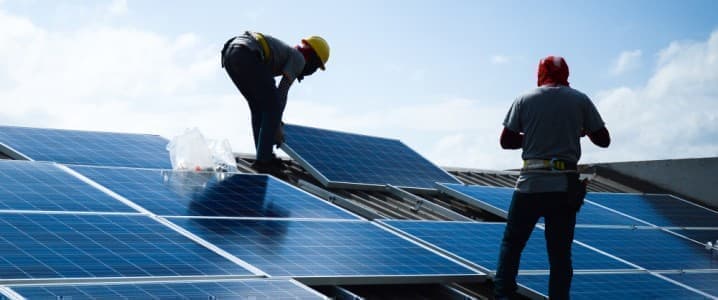The renewable energy sector is experiencing significant growth, driven by the low costs of wind and solar energy. However, this expansion faces a looming workforce crisis that could impede progress. While market conditions remain favorable, the industry grapples with challenges such as land scarcity, volatile supply chains, complex permitting, and above all, a critical talent shortage.
According to a report by McKinsey & Company, the global capacity for installed wind and solar energy is projected to quadruple between 2011 and 2030. Yet, the report warns that staffing this surge will be nearly impossible without a sufficient pool of qualified workers. The shortfall spans various roles, from development and construction to operations and maintenance. “It’s unclear where these employees will come from in the future,” the report highlights, noting that many skilled workers are leaving for other industries.
Despite the established presence of solar and wind power in the market, both sectors struggle with a lack of awareness regarding career opportunities. Emerging clean energy sources, such as geothermal energy, face even greater challenges. Geothermal, recognized for its potential as a carbon-free energy solution, suffers from limited visibility among potential job seekers.
Industry experts are advocating for proactive solutions to address these workforce issues. A recent article from Utility Drive outlines four key strategies: fostering partnerships with educational institutions, developing Registered Apprenticeship pathways, updating credential requirements to align with industry needs, and reimagining recruitment approaches.
Strategies for Building a Skilled Workforce
Creating strategic alliances with educational institutions is essential for cultivating a skilled labor force, particularly in emerging sectors like geothermal energy. Businesses can collaborate with community colleges to sponsor programs, thus establishing a direct pipeline for future workers. Apprenticeships can further enhance this effort by providing practical experience in real-world settings. These programs can cater to both white-collar and blue-collar roles.
“If we can figure out a way to educate the younger generation that you can actually have a career that you can be proud of and help solve a problem the world is facing, but also work in the extractive industry, I think that could go a long way,” said Jeanine Vany, executive vice president of corporate affairs at Eavor, discussing the geothermal talent gap.
While these initiatives will not resolve the talent shortage overnight, they are crucial steps towards mitigating the issue. Political uncertainties may deter some individuals from pursuing careers in the renewable sector, but fostering a strong workforce will be vital for sustaining the clean energy transition.
“The clean energy transition depends on a workforce that can sustain it,” Utility Drive stresses. To address the hiring challenges, employers are encouraged to think beyond immediate staffing needs and aim for a comprehensive, industry-wide approach to attract talent.
As the renewable energy landscape continues to evolve, the focus on workforce development will determine the sector’s ability to meet its ambitious growth targets. The coming years will be pivotal, and the strategies implemented now could shape the future of clean energy employment.

